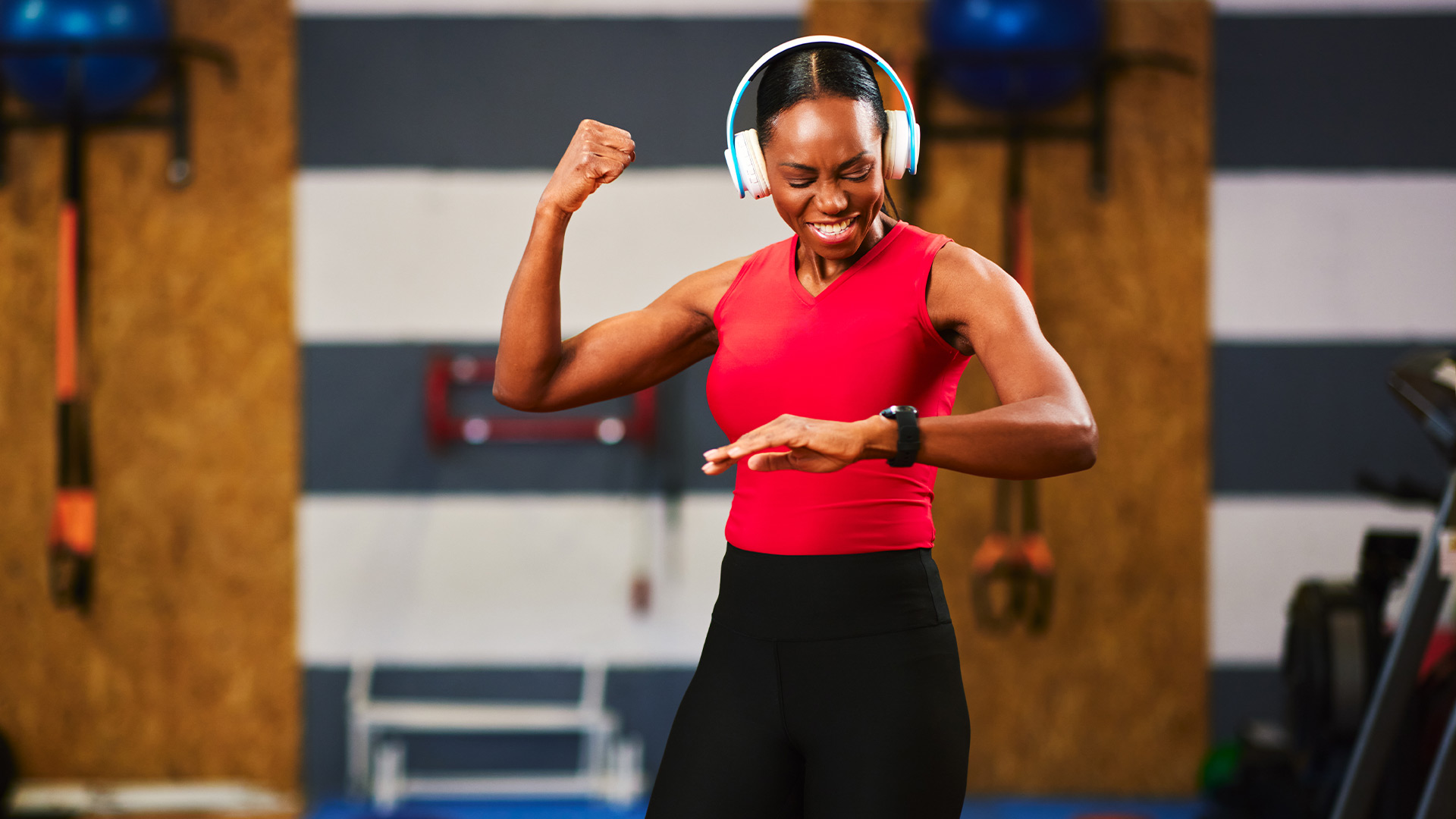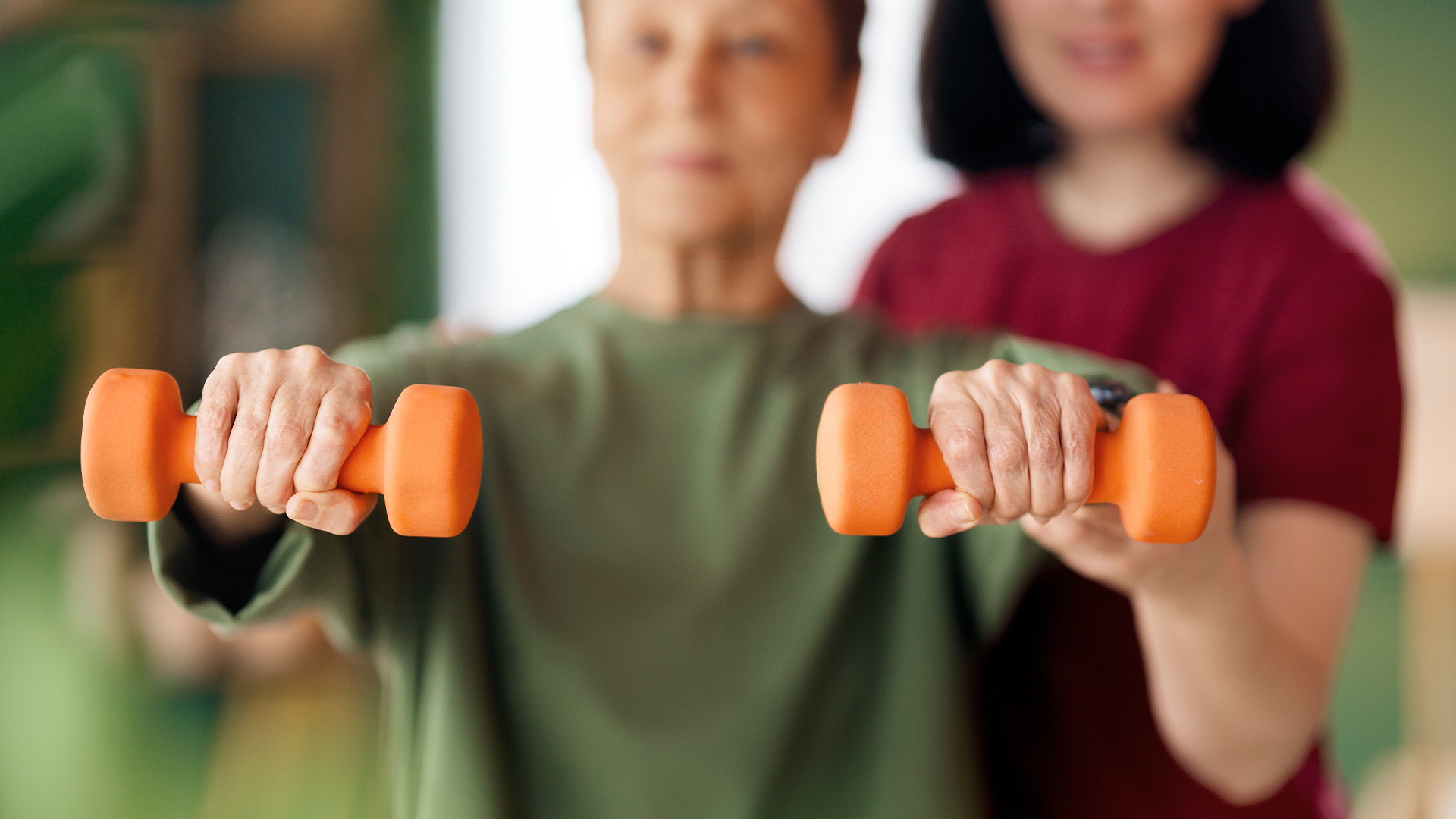If you think resistance training is just for gym bros or bodybuilders, it’s time to flip the script. Resistance training—aka strength training—is one of the most powerful age-fighting tools you can use, and it doesn’t matter if you’re 25 or 75.
We’re talking more than just toned arms here. Regular strength training helps you move better, stand taller, feel more energized, and yep—look younger. Think of it as your body’s natural anti-aging prescription… without the prescription.
What Exactly Is Resistance Training?
At its core, resistance training means working your muscles against a force—that could be weights, resistance bands, or even just your own body.
Types of resistance training include:
- Bodyweight exercises (like squats, push-ups, planks)
- Dumbbells or kettlebells
- Resistance bands
- Machines at the gym
- Even lifting groceries or doing heavy yardwork counts
You don’t need a six-pack. You just need to challenge your muscles consistently.
How It Slows the Aging Process
As we get older, our bodies naturally lose muscle mass—a sneaky process called sarcopenia. But resistance training helps you push back, hard.
Here’s how it helps:
- Preserves muscle (so your strength doesn’t vanish as you age)
- Supports joint health, reducing stiffness and risk of injury
- Increases bone density, which lowers risk of fractures
- Boosts metabolism, which helps prevent weight gain
- Improves insulin sensitivity, keeping blood sugar in check
- Enhances posture, balance, and coordination
- Triggers collagen production, helping skin stay firm and plump
And let’s not forget the mental side: strength training reduces stress, anxiety, and brain fog, while boosting mood and confidence.
Real People, Real Gains
- Gloria, 59, picked up resistance bands after a shoulder injury. “Not only did I recover faster, but my arms look better than they did in my 30s.”
- Raymond, 66, joined a community strength class twice a week. “I stopped using my cane after a few months. I feel steadier and more capable.”
- Dana, 45, does 20-minute home strength circuits. “I sleep better, my back doesn’t ache anymore, and I feel strong walking into meetings.”
It’s not about the weight you lift—it’s about what you gain from lifting.
You Don’t Need a Gym to Get the Benefits
One of the biggest myths is that resistance training requires a gym membership or expensive equipment. Nope.
Try this at home:
- Squats (targets legs and glutes)
- Wall push-ups (chest and arms)
- Glute bridges (hamstrings and lower back)
- Standing rows with resistance bands (upper back)
- Planks (core stability)
Even carrying groceries, climbing stairs, or doing yardwork counts as functional resistance. Your body doesn’t know the difference between lifting a dumbbell or lifting a box of cat litter.
How Often Should You Do It?
Ideally, 2–3 times per week, hitting all major muscle groups. Each session can be as short as 20–30 minutes.
The key is consistency over intensity. You don’t need to max out your lifts or break a sweat every time. Just keep showing up.
Here’s a simple weekly split:
- Monday: Lower body (squats, lunges, bridges)
- Wednesday: Upper body (push-ups, rows, shoulder presses)
- Friday: Core + full-body moves (planks, deadlifts, bodyweight flows)
Rest at least one day between muscle groups to allow for recovery and growth.
What If You’re Just Getting Started?
Start where you are. If squats feel too hard, use a chair for support. If push-ups are too much, do them against a wall. Resistance bands are excellent for beginners—they’re gentle on joints but still create muscle tension.
You’ll notice progress quickly. Within weeks, you might feel:
- Less stiffness when you wake up
- Easier movement during chores
- A subtle lift in posture and mood
- More control over your body
And yes, your skin might start looking tighter, especially in areas like arms, thighs, and abs. That’s the muscle filling in where softness used to be.
Resistance Training vs. Cardio: What’s the Difference?
While cardio is great for heart health, it doesn’t do much to build muscle. In fact, too much cardio (especially long, high-intensity sessions) can sometimes increase muscle breakdown.
Resistance training, on the other hand, builds and protects your muscle mass. But the real magic? Doing both.
A balanced week might look like:
- 3 resistance training sessions
- 2–3 cardio sessions (walking, dancing, biking)
- Daily mobility or stretching
It’s not about one or the other—it’s about a mix that keeps your whole body young.
What About Nutrition?
You can’t build muscle without the right fuel. Think:
- Protein: Eggs, lean meats, fish, tofu, beans
- Complex carbs: Quinoa, oats, sweet potatoes
- Healthy fats: Avocados, olive oil, nuts
- Water: Muscles are 75% water—stay hydrated
Aim to eat protein at every meal, especially after a workout. Your muscles are hungry for it.
Sample recovery snack:
- Greek yogurt with berries
- A banana with peanut butter
- A boiled egg and a handful of almonds
Long-Term Payoff: What You’ll Notice
People who strength train regularly tend to:
- Look more toned and upright
- Have better energy and endurance
- Avoid common age-related injuries
- Sleep more soundly
- Recover faster from illness
- Feel more empowered and resilient
It’s not about looking 25 again—it’s about feeling capable and vibrant for the life you’re living now.



